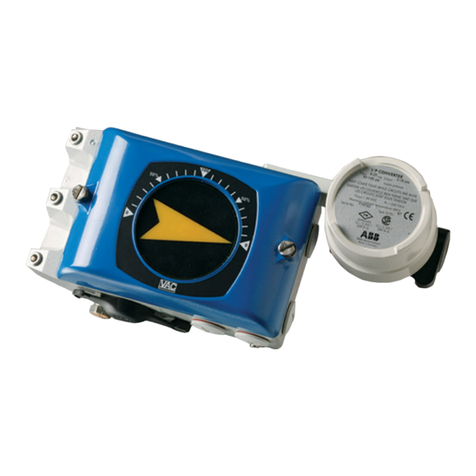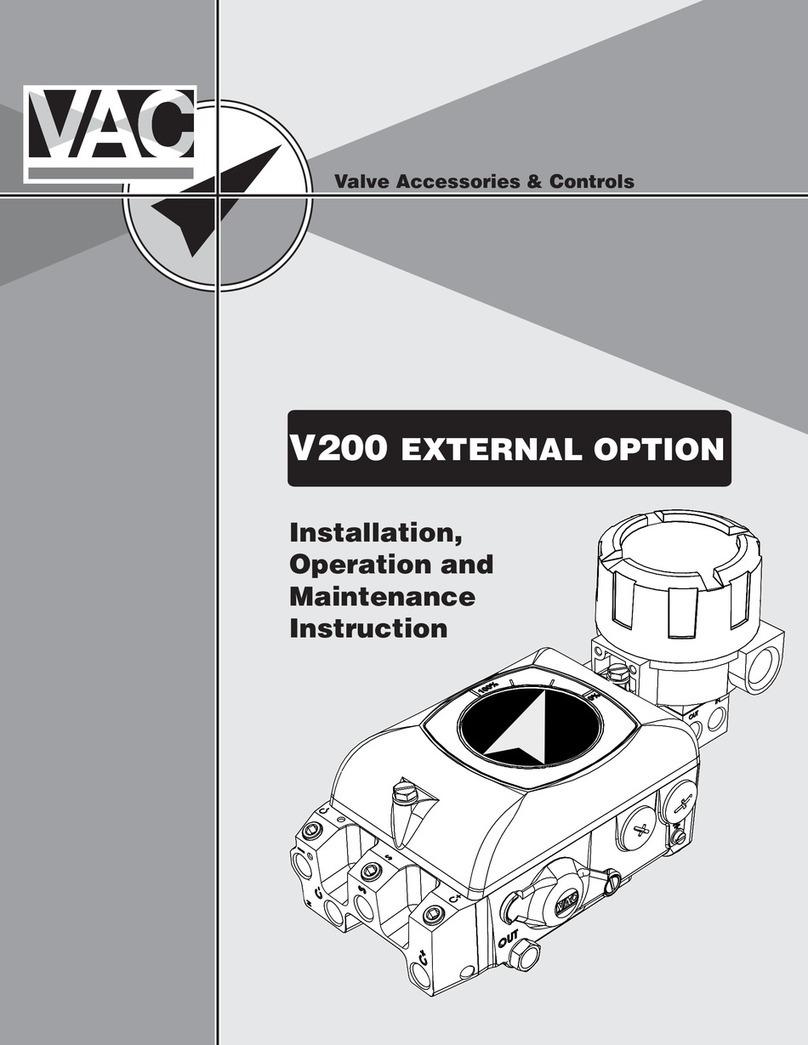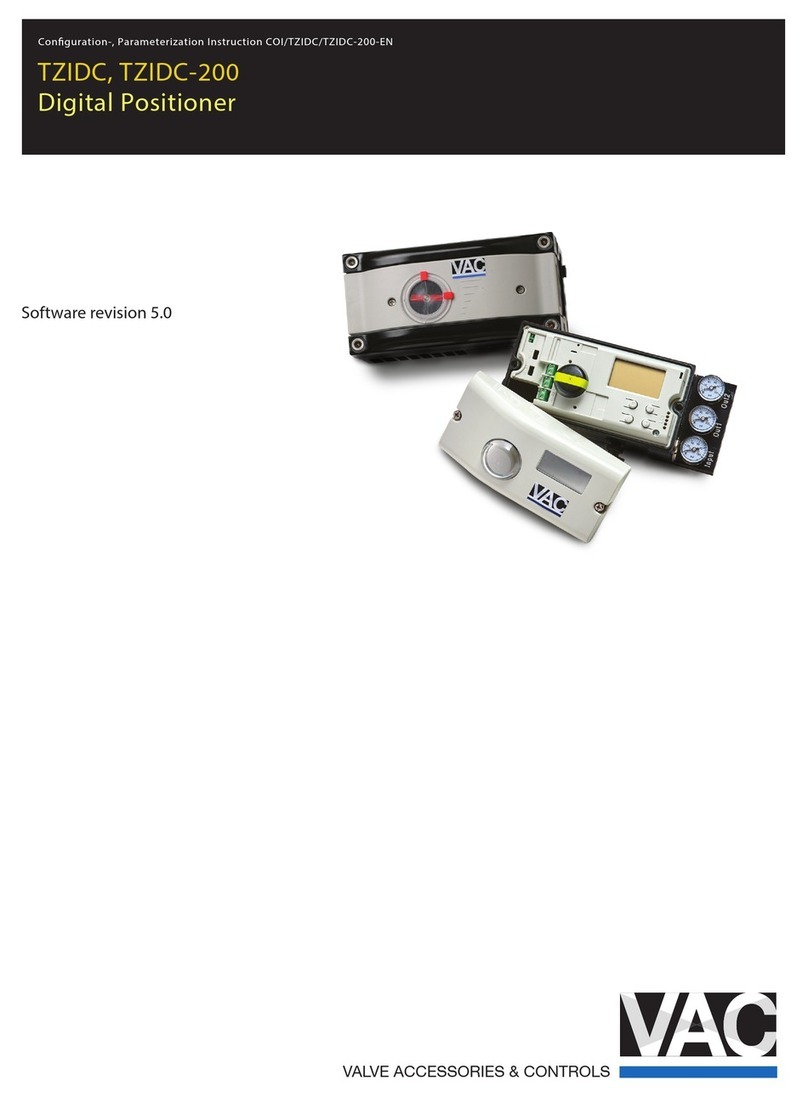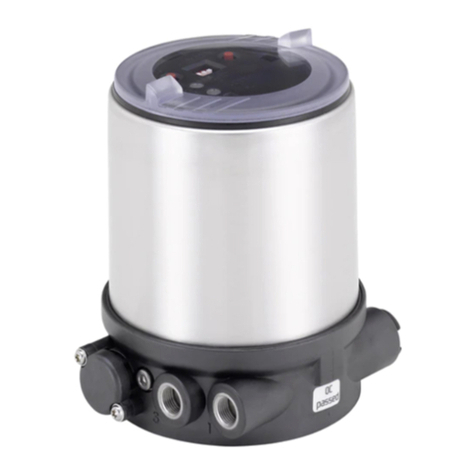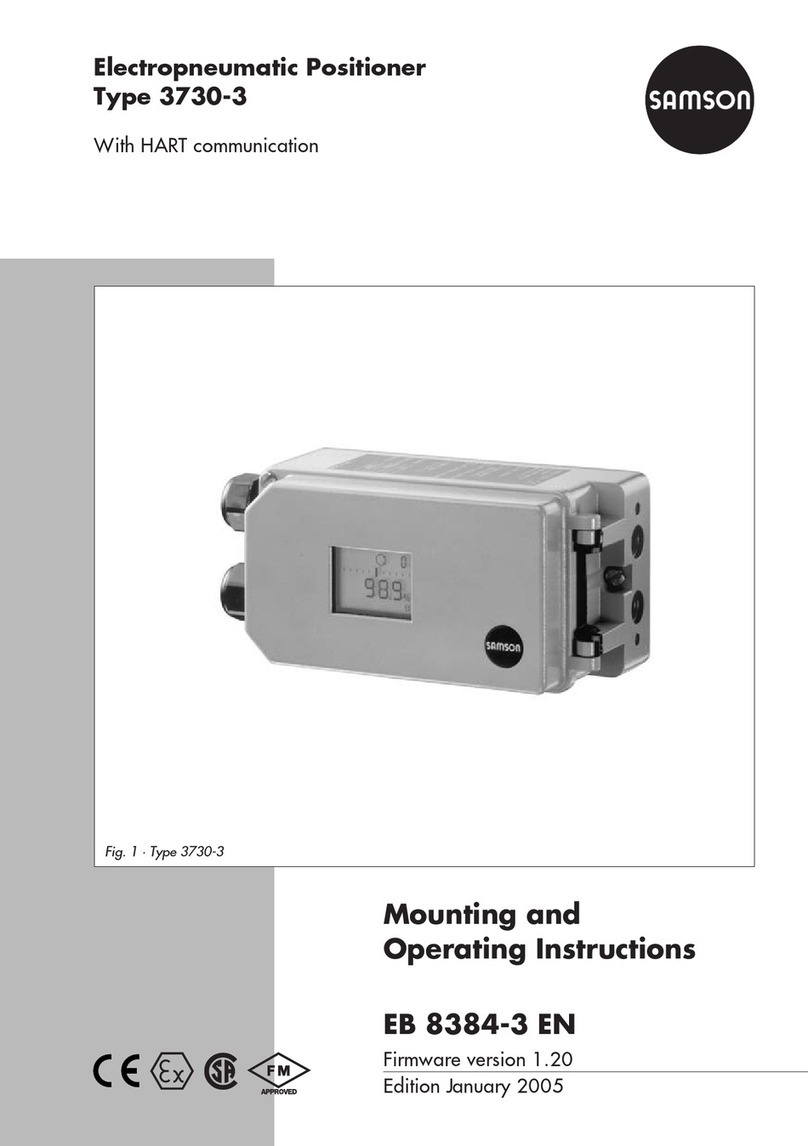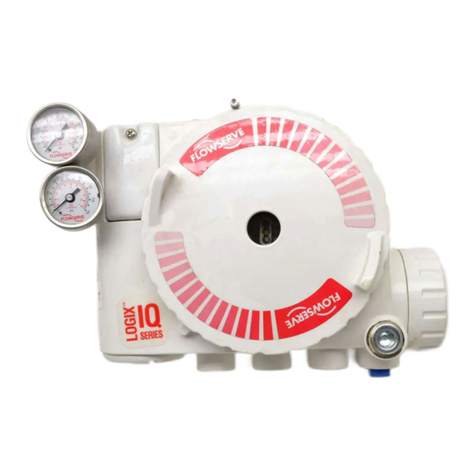
Contents
2 - EN D400 CI/TZIDC/110/120-EN
1Safety....................................................................................................................................................................4
1.1 General information and notes for the reader ................................................................................................4
1.2 Intended use...................................................................................................................................................4
1.3 Target groups and qualifications ....................................................................................................................5
1.4 Warranty provisions........................................................................................................................................5
1.5 Plates and symbols ........................................................................................................................................6
1.5.1 Safety/warning symbols, note symbols...................................................................................................6
1.6 Safety information for electrical installation....................................................................................................7
1.7 Operating safety information ..........................................................................................................................7
2Ex relevant safety instructions ..........................................................................................................................7
3Mounting ..............................................................................................................................................................8
3.1 Operating conditions at installation site..........................................................................................................8
3.2 Mechanical mount ..........................................................................................................................................8
3.2.1 General....................................................................................................................................................8
3.2.2 Mounting on linear actuators.................................................................................................................10
3.2.3 Mounting on rotary actuators ................................................................................................................14
4Electrical connection ........................................................................................................................................17
4.1 Screw terminal assignments ........................................................................................................................18
4.2 Jumper configuration on mainboard (TZIDC-120 only)................................................................................19
4.3 Cable entry ...................................................................................................................................................20
5Pneumatic connection ......................................................................................................................................21
6Commissioning..................................................................................................................................................23
6.1 TZIDC...........................................................................................................................................................23
6.1.1 Operating modes...................................................................................................................................24
6.2 TZIDC-110 / TZIDC-120...............................................................................................................................25
6.2.1 Operating modes...................................................................................................................................26
7Ex relevant specifications ................................................................................................................................27
7.1 TZIDC...........................................................................................................................................................27
7.1.1 ATEX.....................................................................................................................................................27
7.1.2 IECEx Issue No. 3.................................................................................................................................29
7.1.3 CSA International ..................................................................................................................................31
7.1.4 CSA Certification Record ......................................................................................................................33
7.2 TZIDC-110....................................................................................................................................................34
7.2.1 EC-Type-Examination Test Certificate..................................................................................................34
7.2.2 IECEx Issue No. 3.................................................................................................................................35
7.2.3 CSA International ..................................................................................................................................37
7.2.4 CSA Certification Record ......................................................................................................................38
7.2.5 FM Approvals ........................................................................................................................................39
7.3 TZIDC-120....................................................................................................................................................40
7.3.1 EC-Type-Examination Test Certificate..................................................................................................40
7.3.2 IECEx Issue No. 3.................................................................................................................................41
7.3.3 CSA International ..................................................................................................................................43








